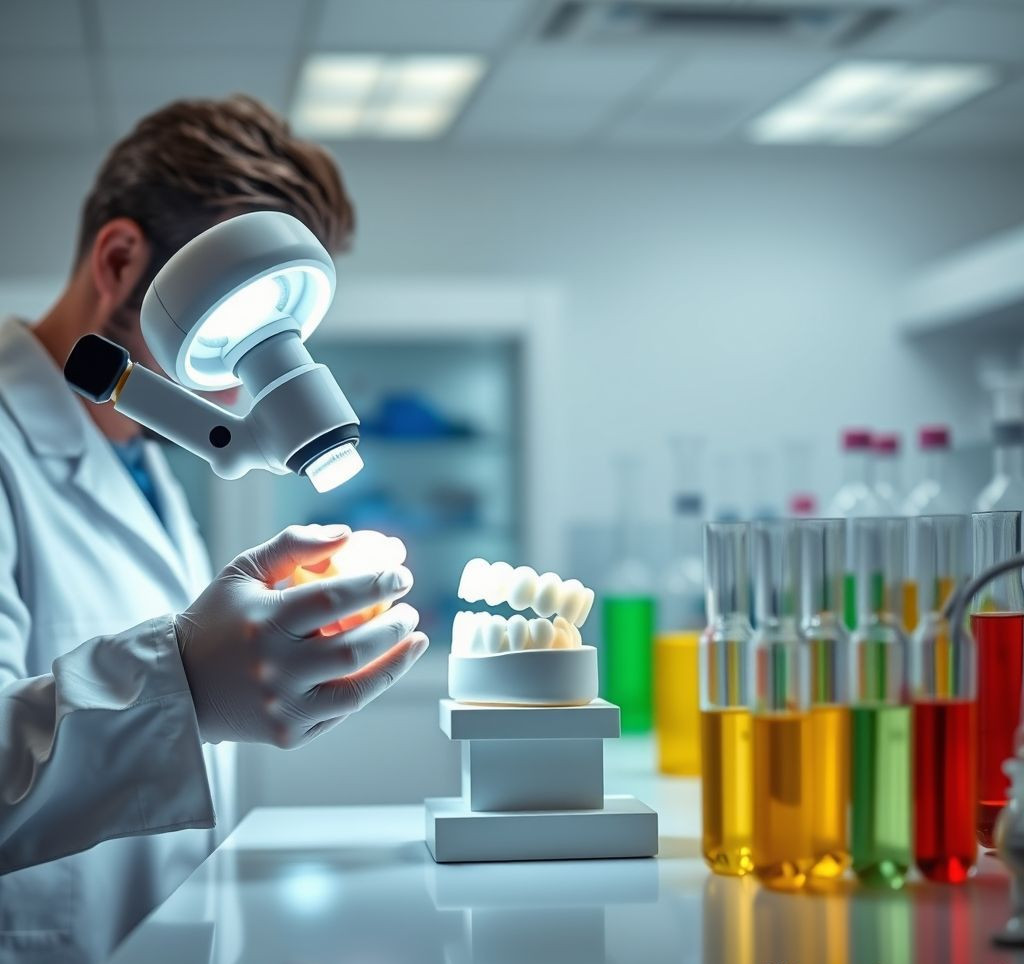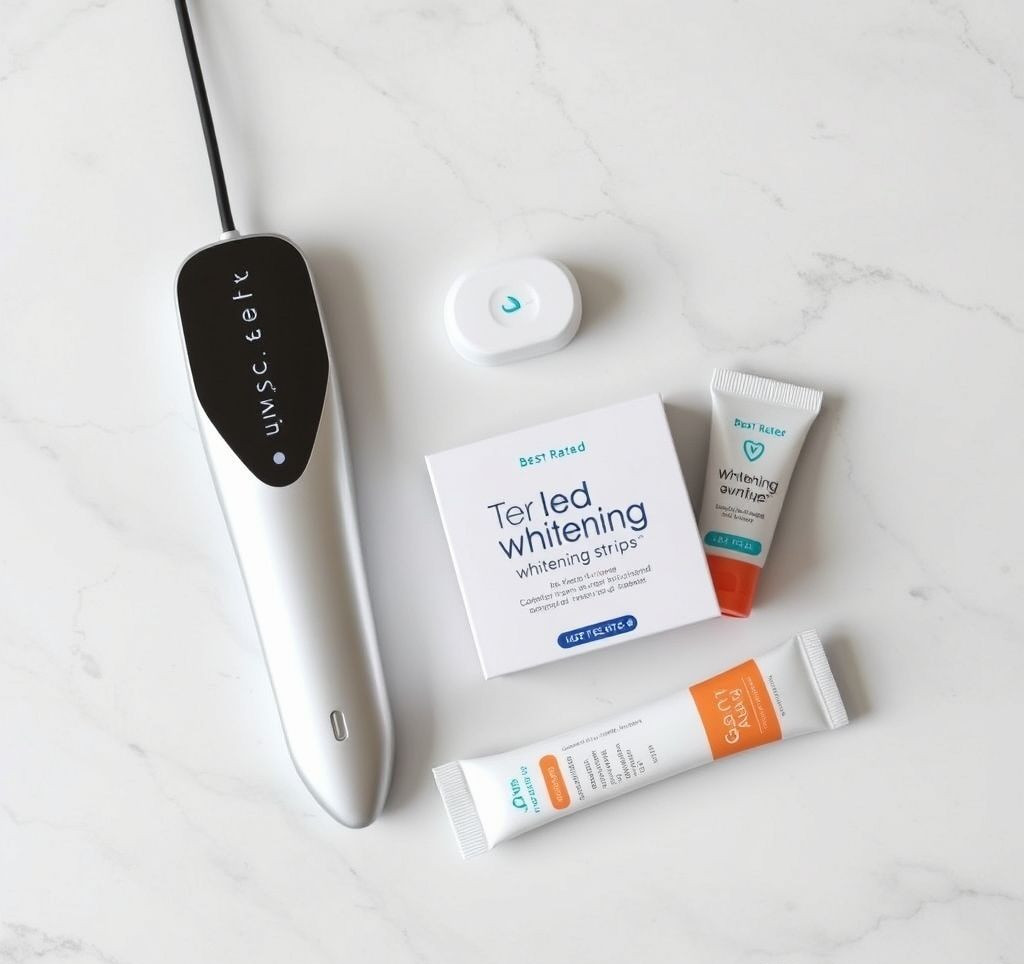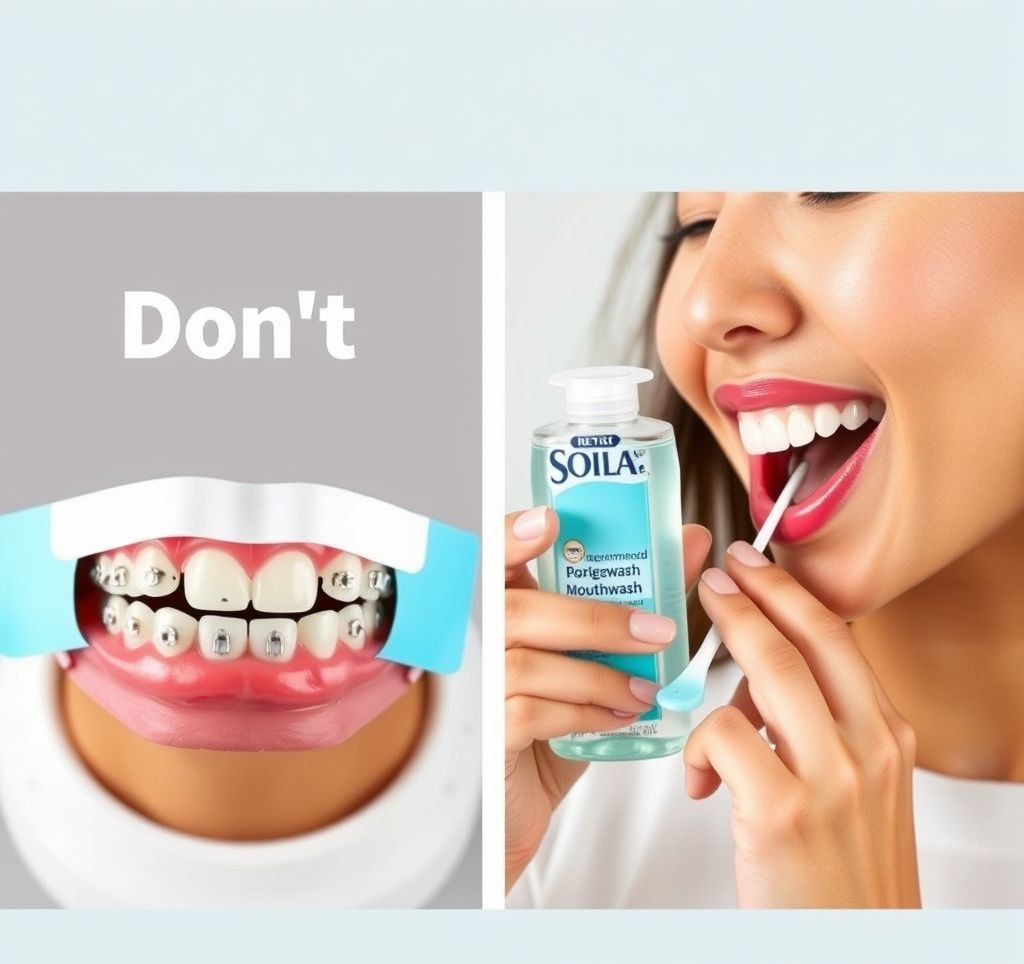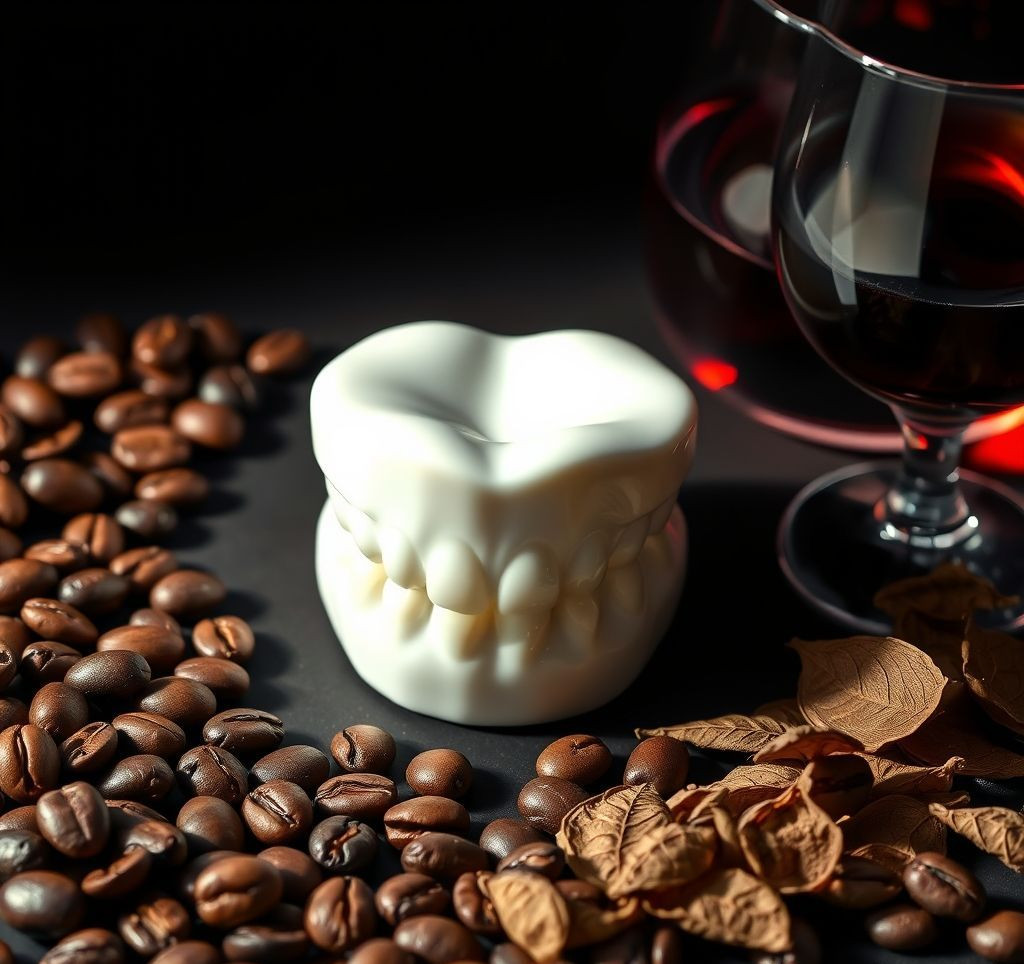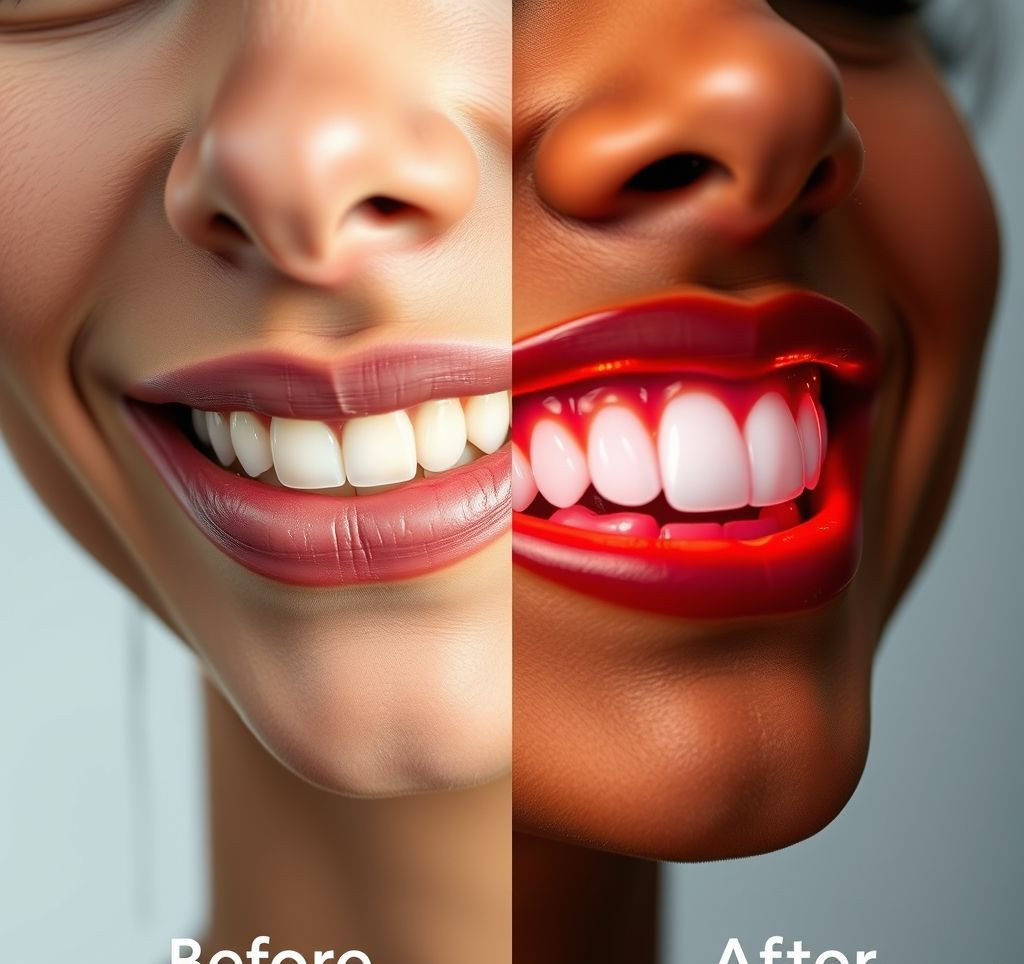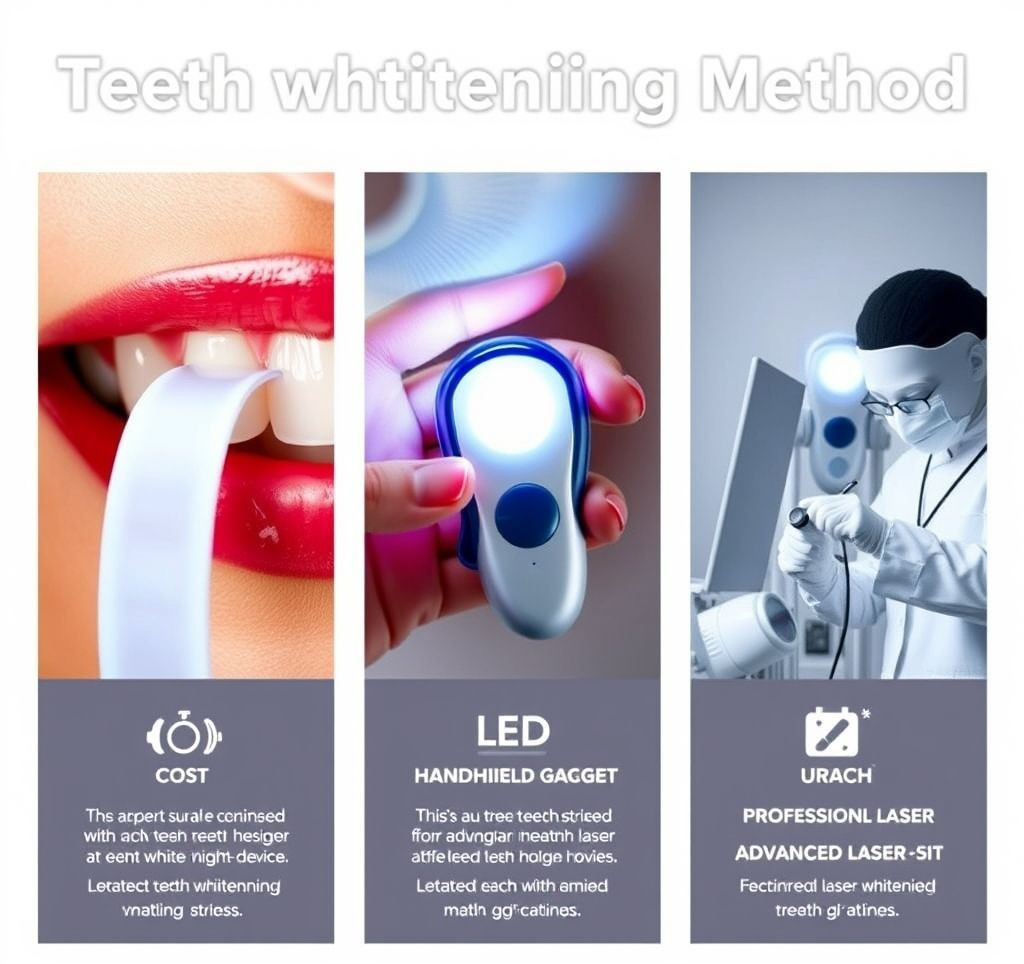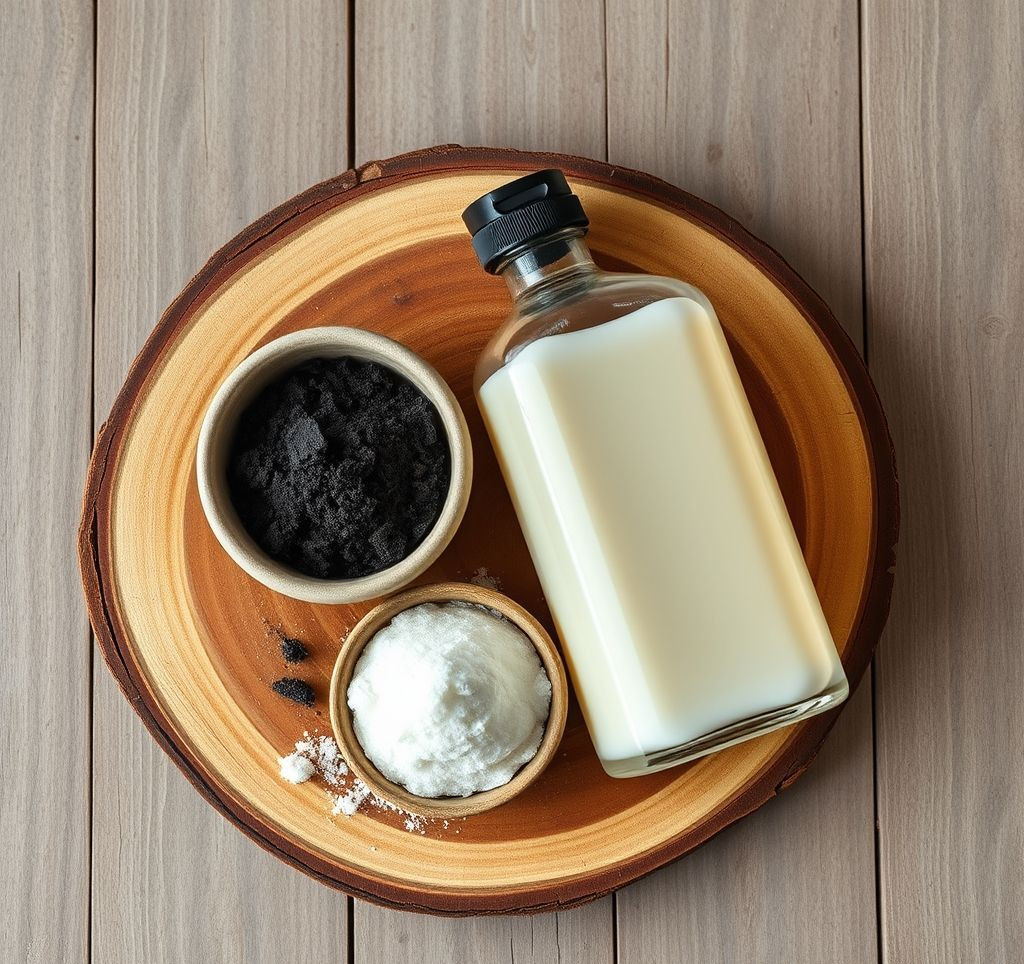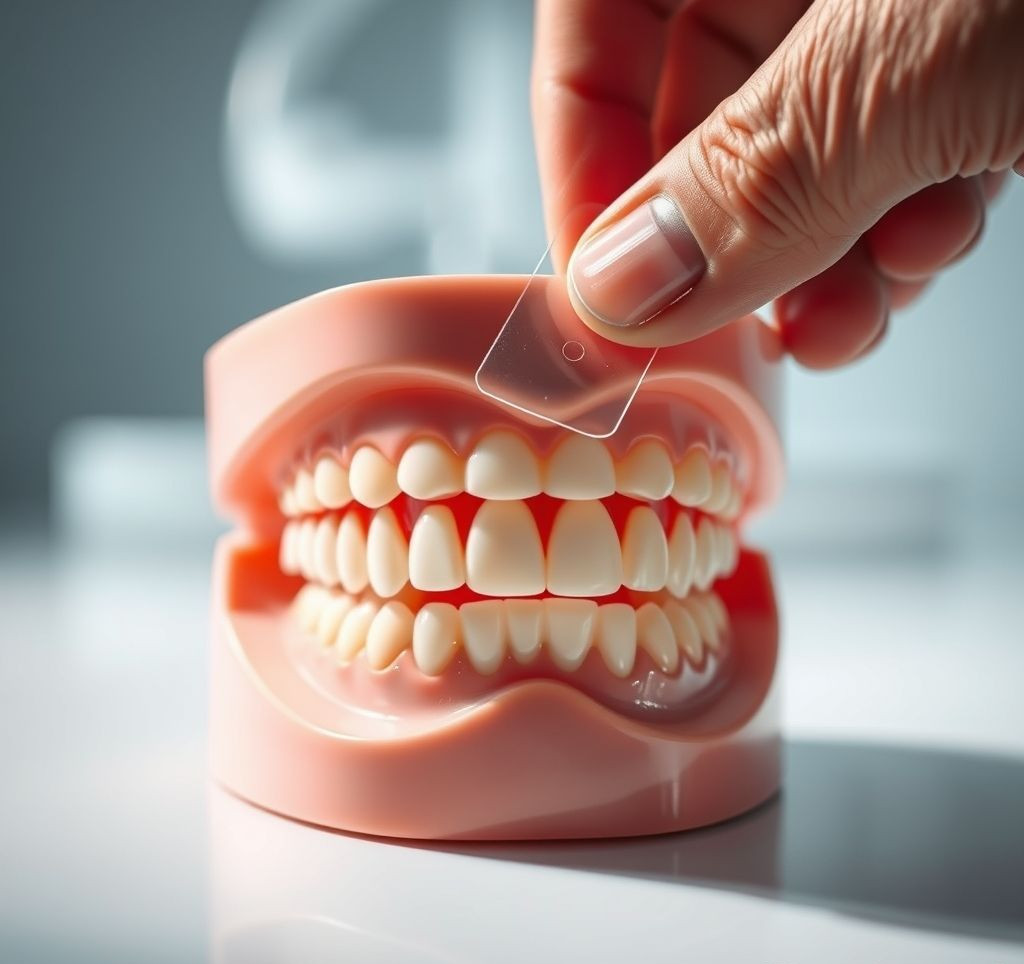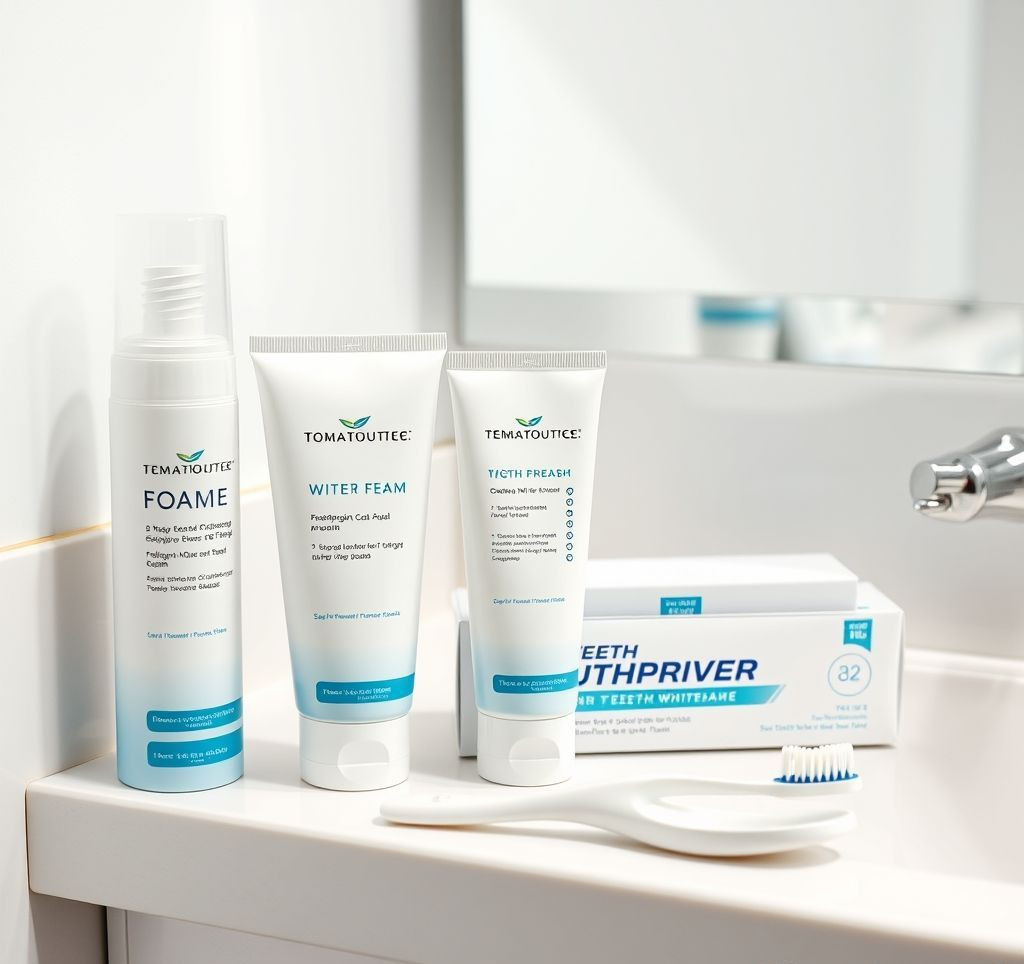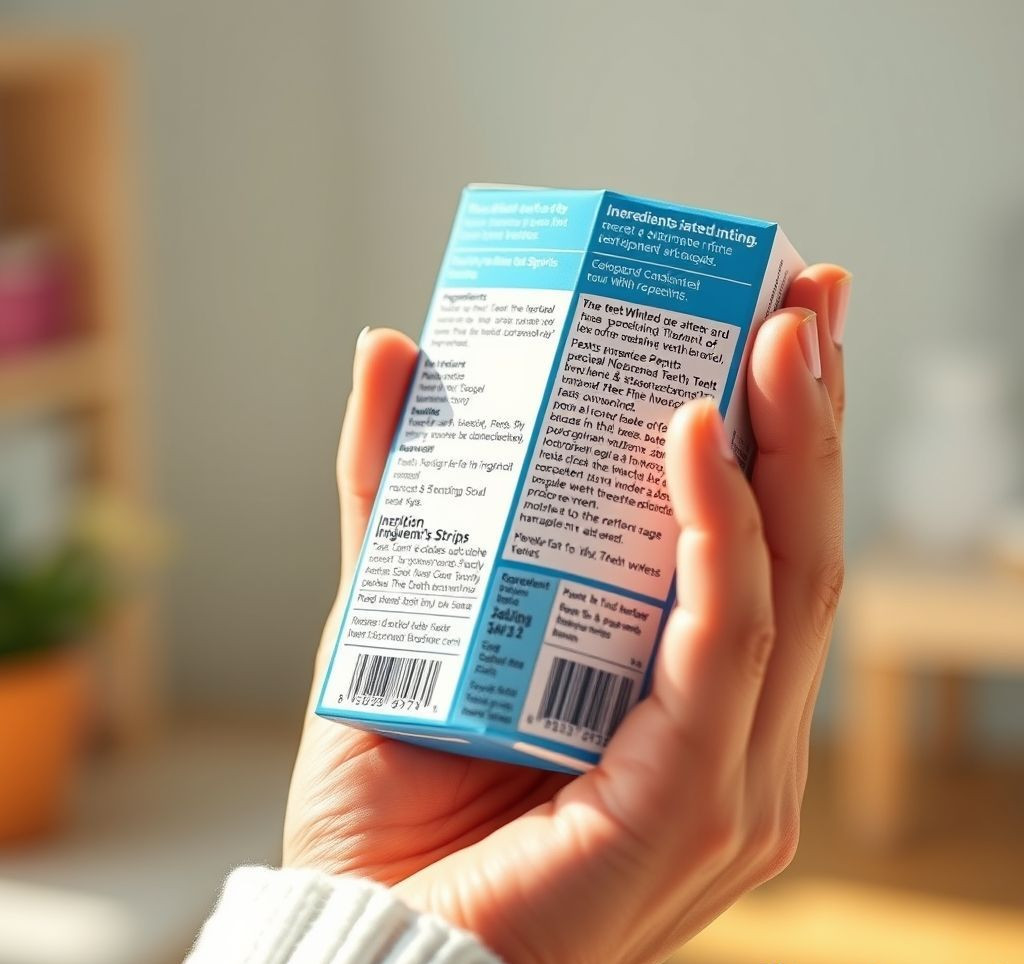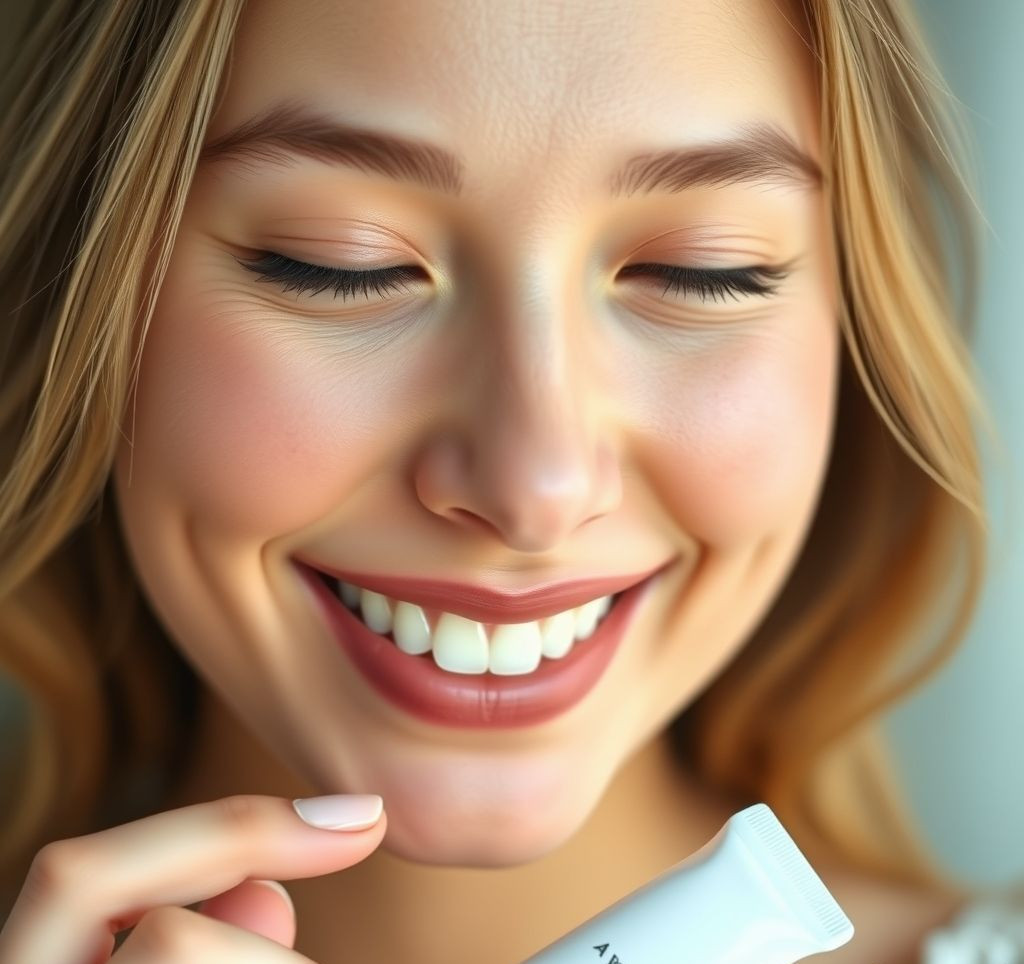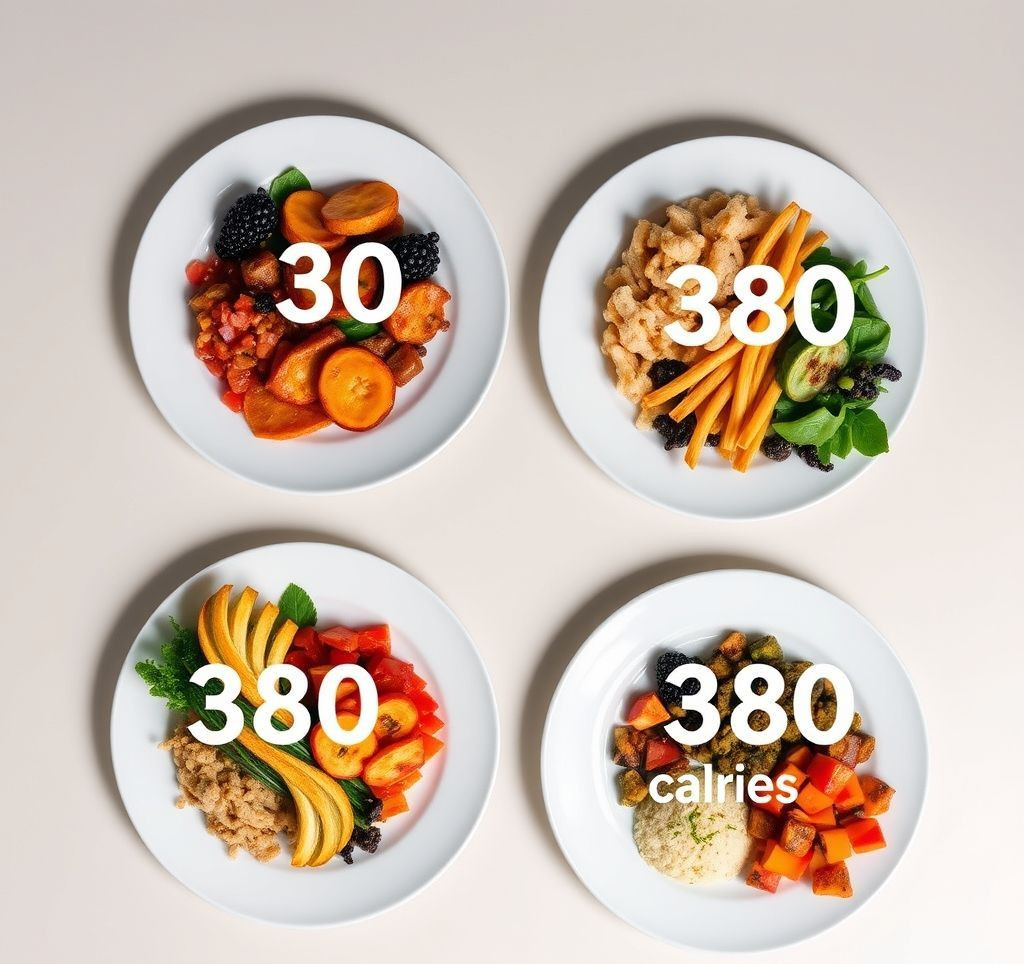A bright, confident smile is often one of the first things people notice, and achieving that dazzling look can significantly boost self-esteem. But with so many teeth whiten treatment options available, navigating the world of whitening can feel overwhelming. This article cuts through the noise, focusing on scientifically-backed methods that deliver real, lasting results. We’ll explore the evidence behind different approaches, helping you make an informed decision for your oral health and aesthetic goals.
Why Effective Teeth Whiten Treatment Matters
Choosing the right teeth whiten treatment isn’t just about aesthetics. Here’s why it’s crucial to understand the science behind whitening:
- Oral Health: Some methods, while seemingly effective, can damage enamel. Opting for scientifically proven treatments ensures that you protect your teeth while whitening them.
- Longevity: A teeth whiten treatment that’s effective in the short-term but fades quickly can be frustrating and costly in the long run. Understanding the science helps you choose options with lasting results.
- Cost-Effectiveness: Not all whitening methods are created equal in terms of price and effectiveness. Knowing what works can save you money and time spent on less efficient options.
- Personalized Approach: Different teeth respond differently to treatments. Understanding the underlying science allows you to work with your dentist to tailor a teeth whiten treatment plan best suited for your specific needs and tooth sensitivity.
Core Principles of Teeth Whitening Science
Effective teeth whitening relies on a few key principles. Understanding these helps you appreciate how different treatments work and why some are more successful than others.
- The Role of Peroxide: Most teeth whiten treatment methods utilize hydrogen peroxide or carbamide peroxide. These compounds break down stains on the tooth surface.
- Enamel Porosity: Healthy enamel is porous, allowing whitening agents to penetrate and address deeper stains.
- Contact Time: The length of time the whitening agent is in contact with the teeth directly impacts the results. Consistent and sufficient contact is essential.
- Concentration Matters: The concentration of the peroxide affects the speed and intensity of whitening. Higher concentrations require professional supervision due to the risk of sensitivity and tissue irritation. A 2019 study published in the *Journal of the American Dental Association* found that professionally administered, high-concentration peroxide treatments generally yield the most significant and rapid whitening results, when administered safely.
A Breakdown of Evidence-Based Teeth Whiten Treatment Options
Let’s delve into the science-backed methods for achieving a brighter smile:
- Professional In-Office Whitening: This is often considered the most effective teeth whitening treatment. Dentists use high-concentration peroxide gels, sometimes activated by a special light or laser. This method offers the fastest teeth whitening results under controlled conditions. Benefits include immediate, noticeable changes; precisely controlled application to minimize sensitivity; and professional supervision.
- Custom-Fit Whitening Trays from Your Dentist: Your dentist creates trays that perfectly fit your teeth. You’re then provided with a peroxide-based gel to use in the trays at home, following your dentist’s instructions. This allows for a more targeted and even application than over-the-counter trays. This is a great option for long lasting teeth whitening and maintaining results.
- Over-the-Counter Whitening Strips: These strips contain a lower concentration of peroxide than professional treatments. They are readily available and more affordable. However, their effectiveness varies depending on the concentration of peroxide and the fit of the strips. It’s crucial to use them as directed and be aware of potential sensitivity.
- Whitening Toothpastes: These toothpastes contain mild abrasives that help remove surface stains. They can slightly brighten teeth but don’t offer the same dramatic whitening as peroxide-based treatments. They are best used for maintaining whiteness achieved through other methods.
Expert Tips & Best Practices for a Safe Teeth Whiten Treatment
To ensure the safety and effectiveness of your chosen teeth whiten treatment, consider these expert tips:
- Consult Your Dentist: Before starting any whitening treatment, consult your dentist. They can assess your oral health, determine the cause of discoloration, and recommend the best teeth whiten treatment option for you.
- Address Sensitivity: If you experience sensitivity, use a toothpaste formulated for sensitive teeth or talk to your dentist about desensitizing agents.
- Follow Instructions Carefully: Adhere to the manufacturer’s or your dentist’s instructions for the chosen method to minimize the risk of side effects.
- Maintain Good Oral Hygiene: Brush and floss regularly to prevent new stains from forming and to keep your teeth healthy.
- Limit Stain-Causing Foods and Drinks: Reduce your intake of coffee, tea, red wine, and other substances that can stain teeth.
“The key to successful tooth whitening is understanding the cause of the discoloration and selecting the appropriate treatment method under the guidance of a dental professional.” – *Journal of Esthetic and Restorative Dentistry*
By understanding the science of teeth whitening and following these guidelines, you can achieve a brighter, healthier smile that lasts. Remember to prioritize your oral health and make informed decisions with the help of your dentist.
